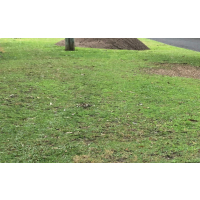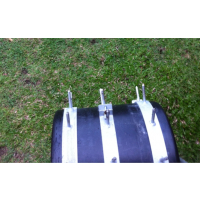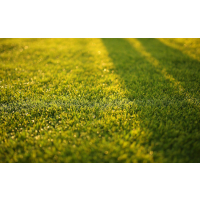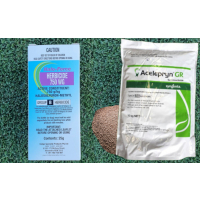- Home
- News
- In The Garden
- Caring for Turf after Flooding
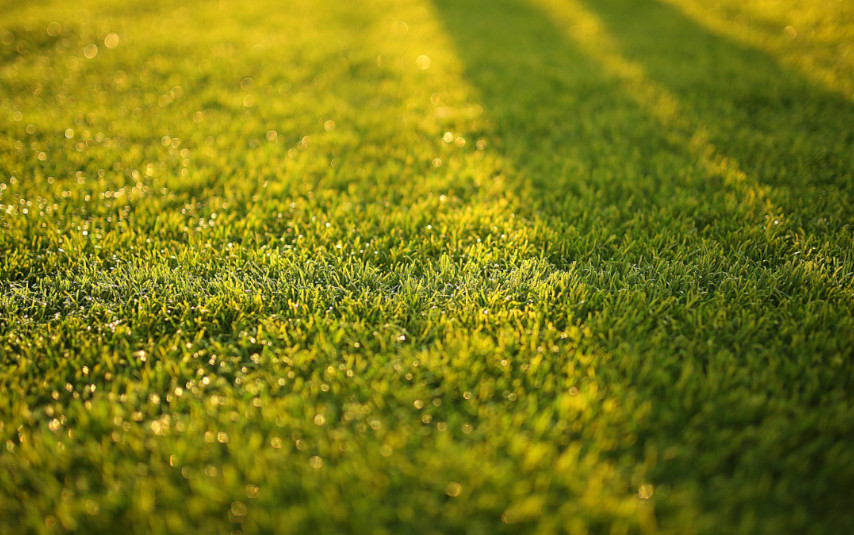
As the Southeast region recovers from its 4th “One-In-100 Year” flood event within the last 25 years, the community faces sizable repair challenges to restore normality.
Compared to major post-flood concerns, resurrecting your lawn is probably way down on the ‘to-do’ list.
However, once the yard becomes the next project, here are a few tips to help recover your lawn.
Clean Up
Once your lawn is accessible, clean up all the debris the water has delivered, ensuring you scour for small material embedded in the turf.
It is the perfect time to assess drainage issues and water flow concerns that may need addressing to reduce future water inundation.
Remove Soil and Silt
Do not be tempted to simply rake deposited soil and silt into your turf.
This material lacks any organic benefit and can potentially clog the base of existing turf (especially if there is clay content), thus suffocating the root system.
Attempt to remove it with a metal rake, shovel and wheelbarrow.
The opportune time to do this is when there is still moisture present, as once it has dried, a crust will form and make it difficult to remove without taking the turf with it.
Aerate
Once the lawn is clear of contaminants, go over all the grassed area with an aerator.
By taking this step you will improve the structure of the soil and increase the levels of oxygen.
It will also break up any residual soil/silt deposits.
Fertilize
Immediately after aerating, apply lawn fertilizer to give nutrients to the turf, ensuring you follow directions regarding the amount.
Your lawn may also need a fungicide treatment, should fungus be present (a combination of moisture and high temperature will cause it)
Sit and Watch the Grass Grow
The next several weeks will determine whether your lawn has revived from the damage incurred.
Then it will be a matter of either maintenance (fingers crossed), re-seeding or laying turf on patches that didn’t survive or worst-case scenario, replacing the entire lawn.
Unwanted Visitors
Unfortunately, excessive moisture on the lawn can and most possibly will result in the appearance of the lawn’s top two enemies…
They are Nut Grass and Lawn Grub.
Nut Grass can lie dormant more than one metre below the surface.
Once moisture contacts the nodules, it brings nutgrass to life, sending its creeping underground stems on its way to the surface resulting in heartbreak for ‘Lawnies’ everywhere.
Similarly, Lawn Grub populations peak in wet conditions, treating your renovated lawn like a 5-star smorgasbord.
Should these evil beings befall you, they will be treated best with the following: Sempra (Nut Grass) and Acelypryn (Lawn Grub).
Your battle with these two may also mean reviewing the earlier mentioned choices about maintenance or re-turfing.
- QuickviewIn stock
- QuickviewIn stock
- QuickviewIn stockChlortan 1L | Lawn Pride$64.95
-
- QuickviewIn stockTombstone Duo 500ml | Lawn$269.95
- Public Holidays (1)
- In The Garden (3)


